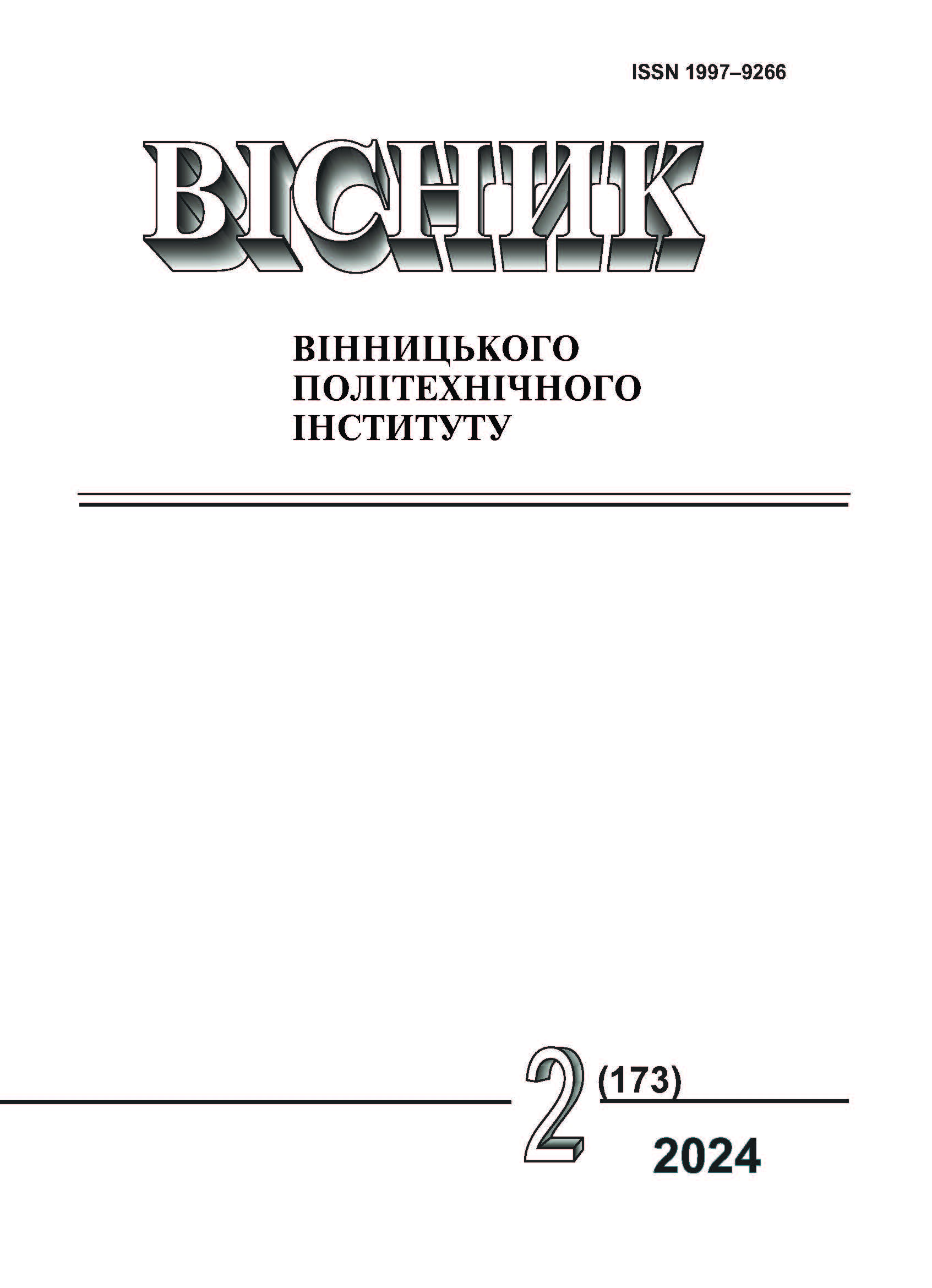Comparison of the Effectiveness of Semi-Supervised Learning Methods Based on Autoencoders for Skin Cancer Photo Classification Tasks
DOI:
https://doi.org/10.31649/1997-9266-2024-173-2-71-77Keywords:
skin cancer, semi-supervised learning, autoencoders, variational autoencoder,, Ladder Network, HAM10000Abstract
In this paper, we reviewed and compared the effectiveness of semi-supervised learning methods based on autoencoders for the task of classifying photos of skin cancers. The paper proposes a system for evaluating semi-supervised learning methods and suggests modifications to the architectures described in the literature. The relevance of this work is to study the effectiveness of using various semi-supervised learning methods on applied classification tasks, The effective use of semi-supervised learning methods for working with medical data can potentially significantly increase the quality of artificial intelligence in medicine, since unlabeled medical data is easier to obtain and does not require the involvement of expensive specialists. As the experiments conducted in this study have shown, semi-supervised learning methods based on autoencoders significantly improve the performance metrics of the model for the task of classifying photos of skin cancers. In our study, we considered a conventional convolutional autoencoder, a variational autoencoder, and a ladder neural network, all adapted for semi-supervised learning tasks. The HAM10000 dataset was used as the data for the experiments. For each model, 3 experiments were conducted with different amounts of labeled data in the training set (5, 10, 30 % of labeled data). The studies showed that the variational autoencoder demonstrates exceptional results on a large amount of labeled data, but does not adapt well to a small amount. The convolutional autoencoder is effective only for a large amount of labeled data and is significantly inferior to more complex architectures in all experiments. The study has shown that the ladder neural network is very effective for a small amount of labeled data compared to the other architectures considered. Thus, taking into account the specifics of medical data classification tasks, we can conclude that the ladder neural network is the most effective for this type of task.
References
M. Pazeshki, L. Fan, F. Brakel, A. Courville, and Y. Bengio, “Deconstructing the Ladder Network Architecture,” in Proceedings of the 33 rd International Conference on Machine Learning, New York, NY, USA, 2016,
A. Rasmus, R. Valpola, and M. Honkala “Semi-Supervised Learning with Ladder Networks,” in Advances in Neural Information Processing Systems, 28, 2015,
Gogna Anupriya, and Angshul Majumdar, “Semi supervised autoencoder,” Neural Information Processing, 23rd International Conference, ICONIP 2016, Kyoto, Japan, October 16-21, 2016, Proceedings, Part II 23, Springer International Publishing, 2016.
Kingma Durk P, et al, “Semi-supervised learning with deep generative models,” Advances in neural information processing systems, 27, 2014.
Xu. Weidi, et al, “Variational autoencoder for semi-supervised text classification,” Proceedings of the AAAI Conference on Artificial Intelligence, vol. 31, no. 1, 2017.
Downloads
-
PDF (Українська)
Downloads: 106
Published
How to Cite
Issue
Section
License

This work is licensed under a Creative Commons Attribution 4.0 International License.
Authors who publish with this journal agree to the following terms:
- Authors retain copyright and grant the journal right of first publication.
- Authors are able to enter into separate, additional contractual arrangements for the non-exclusive distribution of the journal's published version of the work (e.g., post it to an institutional repository or publish it in a book), with an acknowledgment of its initial publication in this journal.
- Authors are permitted and encouraged to post their work online (e.g., in institutional repositories or on their website) prior to and during the submission process, as it can lead to productive exchanges, as well as earlier and greater citation of published work (See The Effect of Open Access).





